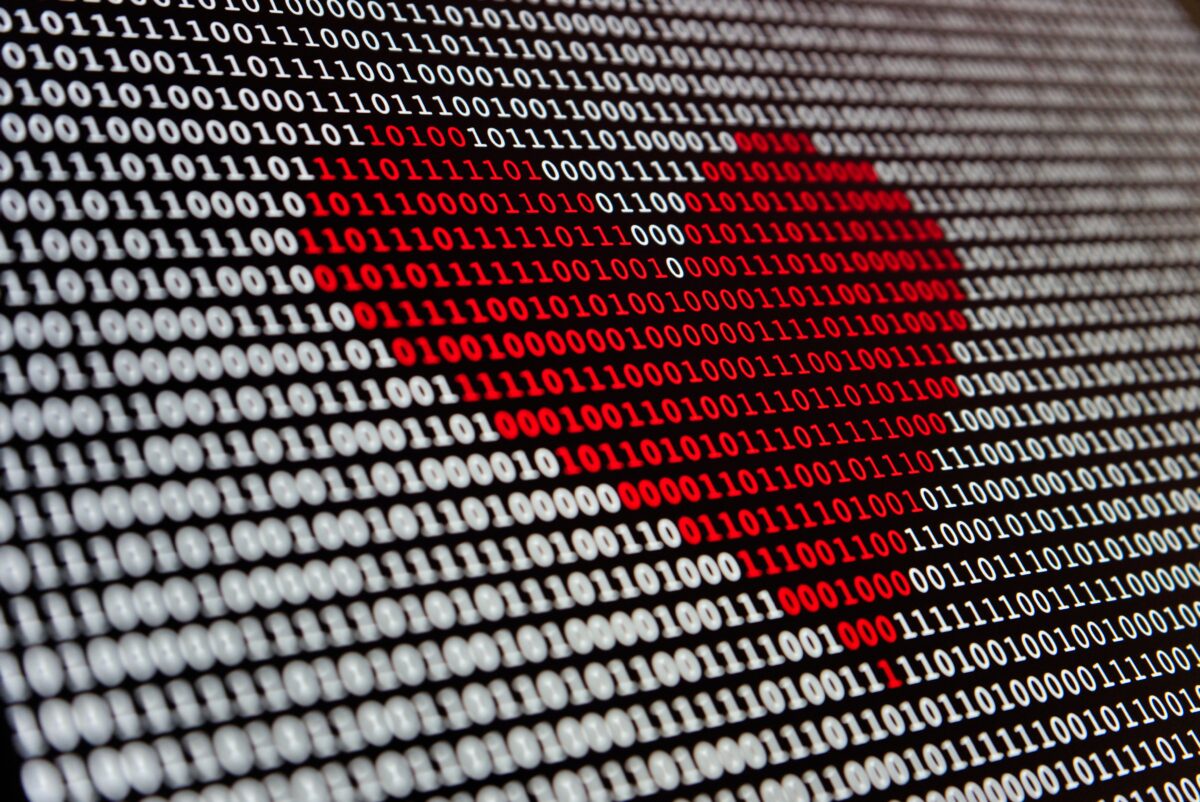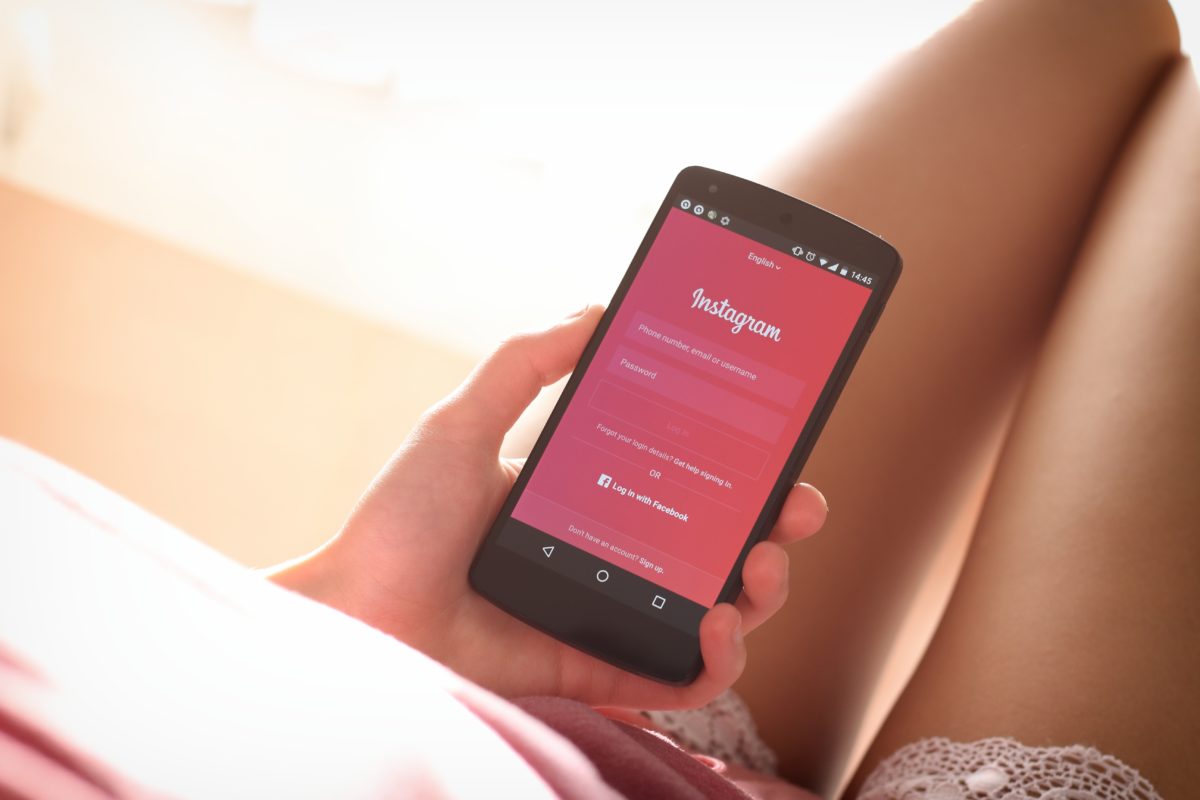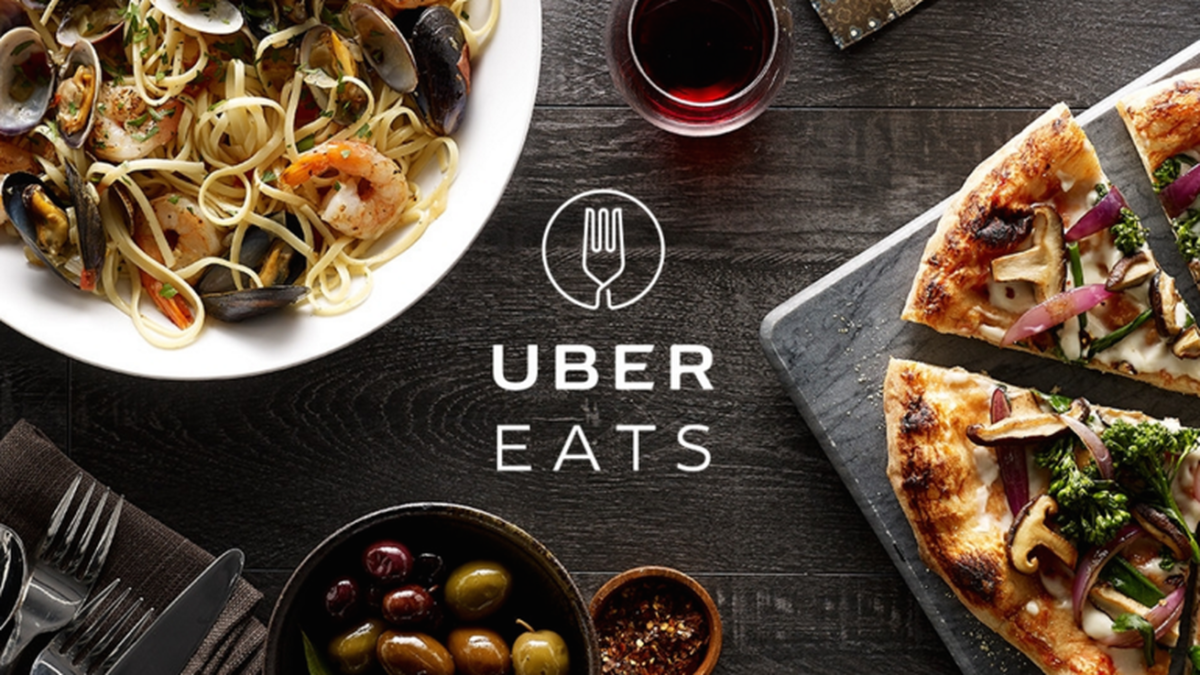Back in 2010, Japan was facing a demographic crisis caused by an alarming decline of birthrates, which were among the lowest in the world. As a response to the crisis, almost all local governments in the country concluded that the best way to bring more babies into the world was to “Play Cupid”. By implementing taxpayer-financed dating programs where young people would get together to speed date, the Japanese authorities were hoping to pair up couples who would later get married and start a family together. However, Fukui – a small town in Western Japan – decided to take it one step further and created an online dating service, becoming the pioneer in government-supported online matchmaking.
Fast forward to today, online dating as become somewhat part of our daily routine and Statista predicts that the online dating market will reach 37.5 million people by 2023 in the US alone. Online platforms such as Tinder, Match.com, e-Harmony, Plenty of Fish or OkCupid, among others; have revolutionized dating by having algorithms search for patterns on how we talk about ourselves and interact with others in order to find “the perfect match” among the enormous pool of users. The advantages of these platforms are several: convenience, approachability, user’s diversity and versatility of formats (some platforms focus on people who are looking for a long-term relationship whereas others cater to an audience looking for short-term arrangements, for example), just to name a few.
Despite the clear benefits, “dating apps fatigue” is increasingly common, especially on people who went on many dates but still haven’t managed to find “the one”. As such, it is important to ask ourselves the question: are dating platforms (and the limitless pool of lovers associated to it) a blessing or a curse?
In order to assess this topic, it important to consider the setbacks of these type of platforms.
First of all, having a really large number of potential partners to choose from is not necessarily optimal. In fact, it can lead to the famous Paradox Of Choice, which states that if we are presented with too many options to choose from, we might get overwhelmed and consequently become less satisfied with the decision -because we keep thinking about the options we missed out on. This was exactly what happened to Barney Stinson, the hopeless womanizer from the famous show “How I met your mother”. In one episode, Barney is seen at a football game with a sign urging women to call him and surprisingly, a lot of them eventually did. At first he is thrilled with the possibilities arising from his phone, but as the episode goes on he gets increasingly irritated because he can’t make up his mind regarding which potential lover to call, ending up throwing his phone in the garbage.
Secondly, modern dating can be described as a marketplace where supply and demand forces interact. With the emergence of online dating platforms, dating turned into a digital market where information is abundant, and the realm of possibilities is gigantic. Additionally, it is possible to filter out characteristics that we do and don’t want in a partner, with matching algorithms taking into account variables as diverse as “hair color” and “interest in medieval history”. Overall, we can say that looking for a partner online is not very different from shopping for a new vacuum cleaner.
Nonetheless, this filtering might not actually be working in our favor because as mathematician Hannah Fry states in her famous TedTalk Mathematics of Love, “Human emotion isn’t neatly ordered and rational and easily predictable”. What this means is that feelings towards another person cannot be explained simply by a set of variables – not to mention that more often than not, our preferences aren’t exactly what we believe them to be.
Thirdly, this digital market for dating brings another problem: potential partners can be considered a commodity. If a date doesn’t go well, it’s alright – there are 20 other possible partners just a swipe away! This particular feature of dating platforms makes it more difficult to users to commit to a particular match, as they know that there might be other matches out there which are even better (again, back to the vacuum cleaner example).
All in all, love (as every human interaction) is complex and it would be foolish to think that it can be boiled down to a secret formula – although algorithms can definitely help! It’s obvious that having more than 3 people your own age to date, like it happened in villages in 16th century Germany, is great. But having so many potential lovers that it’s difficult to choose from probably doesn’t help either.
Will dating apps lead to “Happily Ever After”? Only time will tell!
Sources:
Tiffany, K. and Fetters, A., 2020. The ‘Dating Market’ Is Getting Worse. [online] The Atlantic. Available at: www.theatlantic.com[Accessed 6 October 2020].
Yan, S., 2016. The Japanese Government Is Trying To Find Your Perfect Match. [online] CNNMoney. Available at: www.money.cnn.com [Accessed 6 October 2020].
Hanks, V., 2019. How Dating Apps Are Revolutionizing Relationships Today?. [online] Thriveglobal.com. Available at: www.thriveglobal.com [Accessed 6 October 2020].
Fry, H., 2014. The Mathematics Of Love. [online] Ted.com. Available at: www.ted.com/ [Accessed 6 October 2020].
Statista, 2020. Topic: Online Dating In The United States. [online] Statista. Available at: <https://www.statista.com/topics/2158/online-dating/> [Accessed 6 October 2020].





